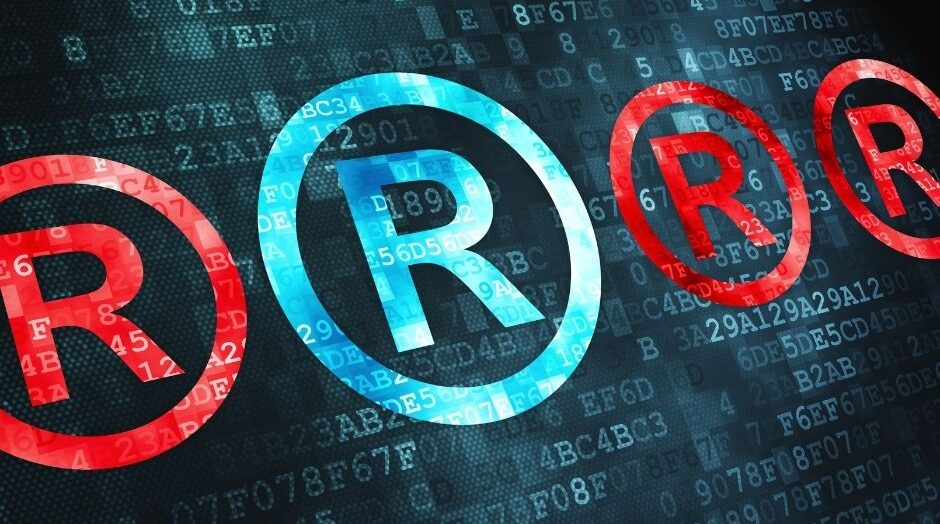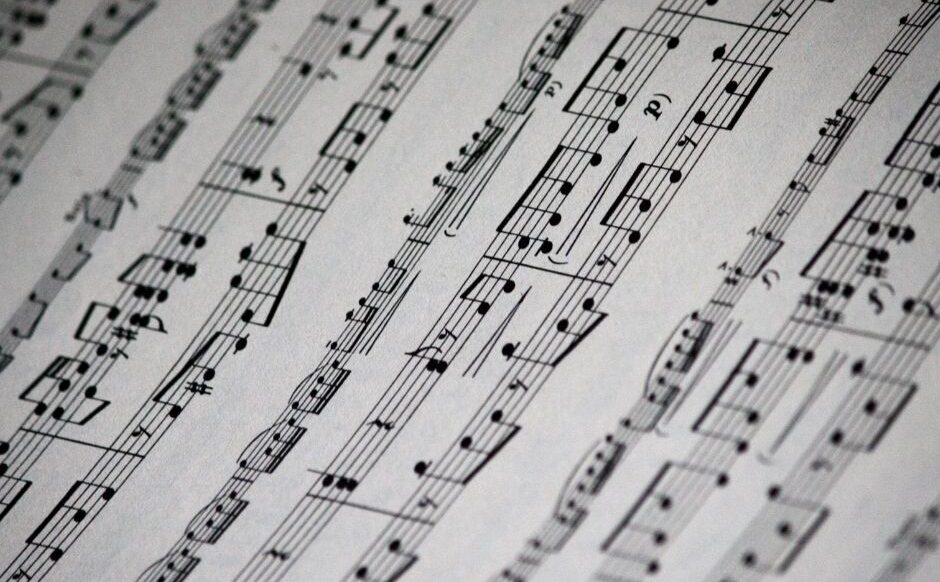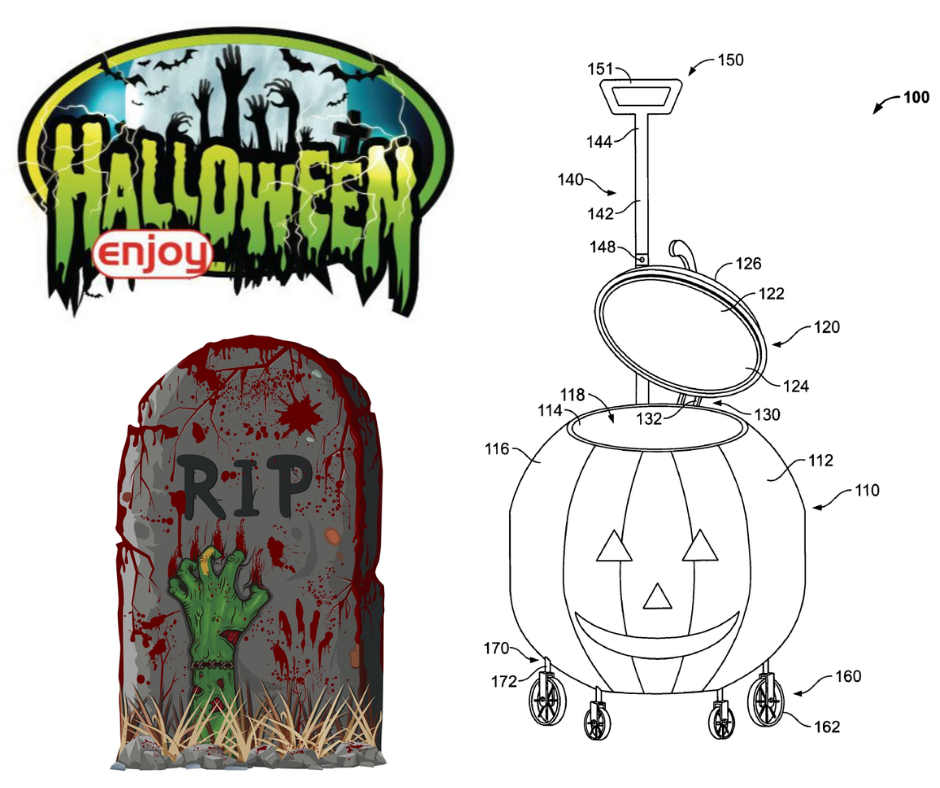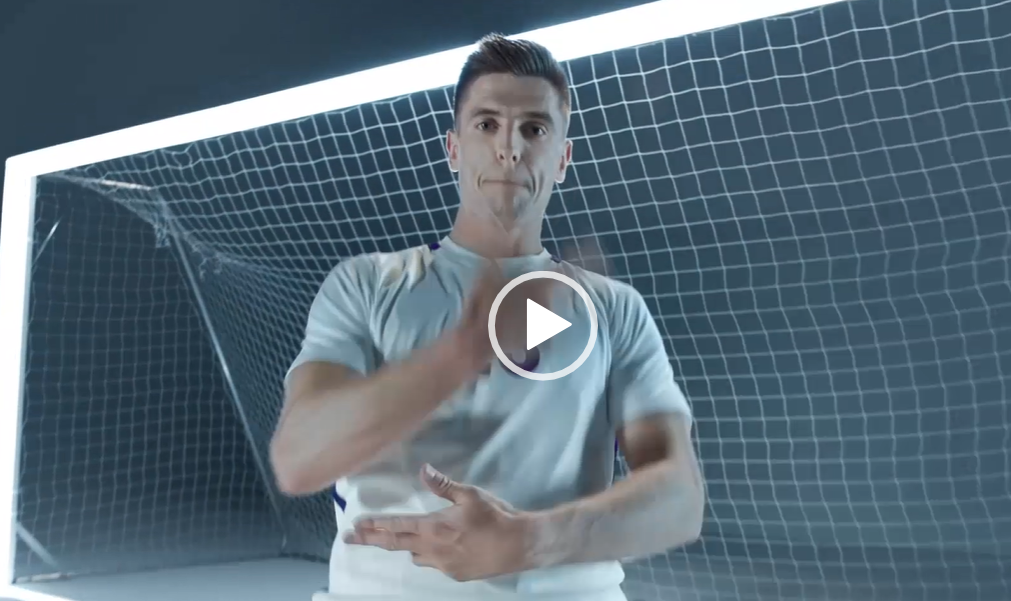In our series of articles on various kinds of trademarks titled “What a trademark is like everyone can see…but, is it so obvious indeed?”, motion trademarks were mentioned among others as a category of marks in hands of entrepreneurs or individuals, who would like to designate their goods or services in this particular manner.
Subsequently, since a motion trademark was regarded as the kind of mark eligible for registration, it seems obvious that if a party would like to designate its goods or services in such manner, one does not need to do anything else but create the mark and apply for its registration in EUIPO or the Polish Patent Office, and then sit back and wait for obtaining registration by the mark. Theoretically, it seems as if it was fairly simple…, but is it so in practice?
Applying for registration of a motion mark in EUIPO
On 23rd August 2016, the company Amazon Technolgies Inc. from USA applied for registration in EUIPO of a motion mark as presented below:

The mark received an application number 015765861 and it was designated for goods and services in classes 09, 35, 41, 42 and 45.
The mark being a motion mark was described in the following way:
“The mark is composed of a circular flow of the color blue around the ring. The color (shades of color) blue is/ are claimed as a feature of the mark. The white circle inside the ring is not regarded as a feature of the mark, but it is only intended to make its background; likewise the grey color in the part of the ring – it is not a feature of the mark.
For the above mentioned trademark, a color was claimed – „shades of blue”.
First refusal – defective presentation of the motion mark
In February 2017, an examiner of EUIPO issued a decision on refusal of registration of the above mentioned trademark, referring among others to art. 7 (1) (a) and 4 (b) EUTMR, and the main argument for refusal was that the manner of presenting the mark (its representation) does not clearly and precisely demonstrate how the colors are moving along (flowing) in the applied trademark.
The Applicant filed an appeal and the Second Chamber of Appeals, by virtue of a decision of 27th October 2017 (case files no. R 0820/2017-2), decided that the European Union Trademark Application no. 015765861 fulfilled the criteria set forth under art. 4 letter (b) EUTMR, namely that it had been correctly presented, and consequently it dismissed the appealed decision, having simultaneously returned the case to the examiner for further assessment of the remaining prerequisites of registration.
Second refusal – the lack of distinctiveness
Also on this occasion the examiner was adamant and in May 2019 a decision on refusal of registration of the European Union trademark no. 015765861 was issued once again, this time exactly on the grounds of art. 7.1(b) EUTMR. The examiner’s argumentation was as follows:
the subject designation cannot function as a motion trademark because of its ordinary and trivial character;
for the assessment of distinctiveness of the applied mark, claiming by the Applicant that the mark is “unique” or that it is currently used on the market, is irrelevant;
earlier registrations of similar marks in other jurisdictions are not binding upon EUIPO.
However, the American company did not surrender and appealed one more time, arguing that the applied trademark is exceptional and it is not used for similar goods or services by any other third party anywhere else all over the world. The Applicant also claimed that the applied trademark has at least minimal distinctive character, which should be sufficient for obtaining registration in EUIPO. Moreover, the Applicant raised an allegation that the examiner reviewing the case had not justified the refusal of registration of the motion mark – “flowing movement” with reference to all the respective goods or services, and what is more – the mark had been approved by the Patent offices of United States and Germany. It was also argued that EUIPO had earlier accepted a number of similar motion trademark applications, for example a trademark of the European Union no. 014772909 having the following look:

The Second Chamber of Appeals (hereinafter „the Chamber”), by virtue of its decision of 28th April 2020 (case no. R 1636/2019-2), also this time dismissed the appeal of Amazon Technologies Inc. from USA.
Minimal distinctive character is absolutely necessary
In its decision, the Chamber stated that motion marks, in order to have minimal distinctive character necessary for obtaining registration, must fulfill specific criteria for a given designation.
Motion trademarks must be created and composed in such way that they can be easily and immediately remembered by the relevant circle of consumers, so that they would enable those consumers to indicate precisely the origin of the goods or services, for which those marks are destined.
A trademark, which is excessively simple and is composed of a basic geometric figure such as a circle, line, rectangle or a pentagon, by itself is not able to identify either the goods or services, for which it was intended, or their source of origin. Consequently, for average consumers such designations will not be distinctive trademarks.
In view of above, the applied European Union trademark no. 015765861 is devoid of distinctiveness.
The subject mark does not have any elements which could be easily and immediately remembered by an average consumer, and which would allow to make a quick identification of the goods or services branded therewith.
The Chamber considered that the main element of the applied trademark no. 015765861 is the circle.
The circle, which is completed by the claimed movement, as such is not an element which can immediately be perceived by an average consumer as an identifier of the respective goods or services.
Moreover, the movement in the subject trademark, presented as a circular flow of a color, is not a feature, which at the moment of applying for registration of the mark in 2016, was perceived by an average consumer as a direct and clear indication of the origin of goods or services designated with the mark.
One cannot also miss the fact that due to development of multimedia designing, the consumers are used to this kind of animation, or are expecting to see it. Consequently, according to the Chamber, it is evident that the applied trademark of the European Union no. 015765861 is devoid of any other elements which would make it distinctive.
What is more, the combination of elements such as a circle and the movement of a circle, does not confer upon the mark a distinctive character in the light of its overall assessment, and it concerns all the goods and services, for which the mark has been designated.
Functional character
According to the Chamber, the movement demonstrated in the European Union Trademark no. 015765861 can be used in relation to all the goods and services covered by the application, and what is more, this movement may be a functional feature of the goods or services designated with the mark.
As it was assessed by the Chamber, all the services in classes 35, 42 and 45 may be provided through the Internet. These services may be activated by means of appropriate computer software and their implementation may require some time. In this context, the European Union trademark no. 015765861 will be perceived as the response of software, which shows that the software has identified the relevant data and it is currently being launched to operation.
Earlier registrations of motion trademarks
The Chamber has also stressed that the argument concerning earlier registration of marks based on a similar concept in other EU member states is irrelevant to the examination of the subject application by EUIPO, as EUIPO is the office with its own autonomy and independence in the scope of issuing one’s decisions.
The Chamber has also referred to the argument concerning registration of a similar European Union trademark no. 014772909.

The Chamber has held that the principles of equal treatment or good administration were not infringed in the discussed case, as the EU trademark no. 014772909 is more creative and more complex on the conceptual level. Moreover, EUIPO – within its works – is most importantly guided by the principle of legalism.
As it can be seen, it is not easy to create a motion trademark, which would have such distinctiveness as to guarantee effective registration. The more complex and original is the mark incorporating graphics and motion, the higher are the chances of its registration. However, the Applicant must be aware of many traps looming on the way to obtaining protection. Therefore, it is always recommendable to rely on assistance of a professional representative in the field of IP law in order to receive a realistic assessment of the chances of succeeding in registration of the motion mark which one has created.

Agnieszka Skrzypczak is a patent attorney specializing in trademarks and industrial designs. In 2002, she obtained the rights of a Polish Patent Attorney, and since 2004, she is also a European Patent Attorney. She is a member of INTA (International Trade Marks Association) and PIRP (Polish Chamber of Patent Attorneys). Contact with the author













